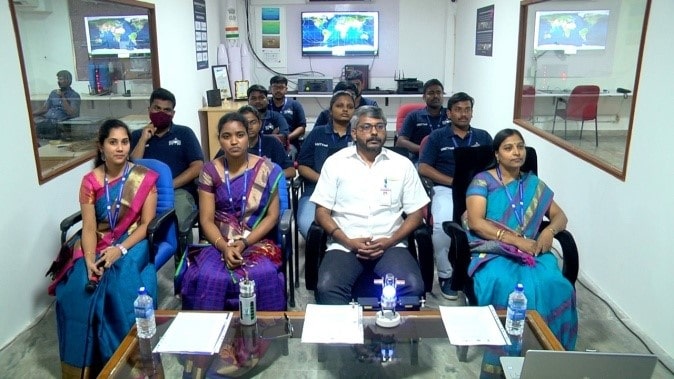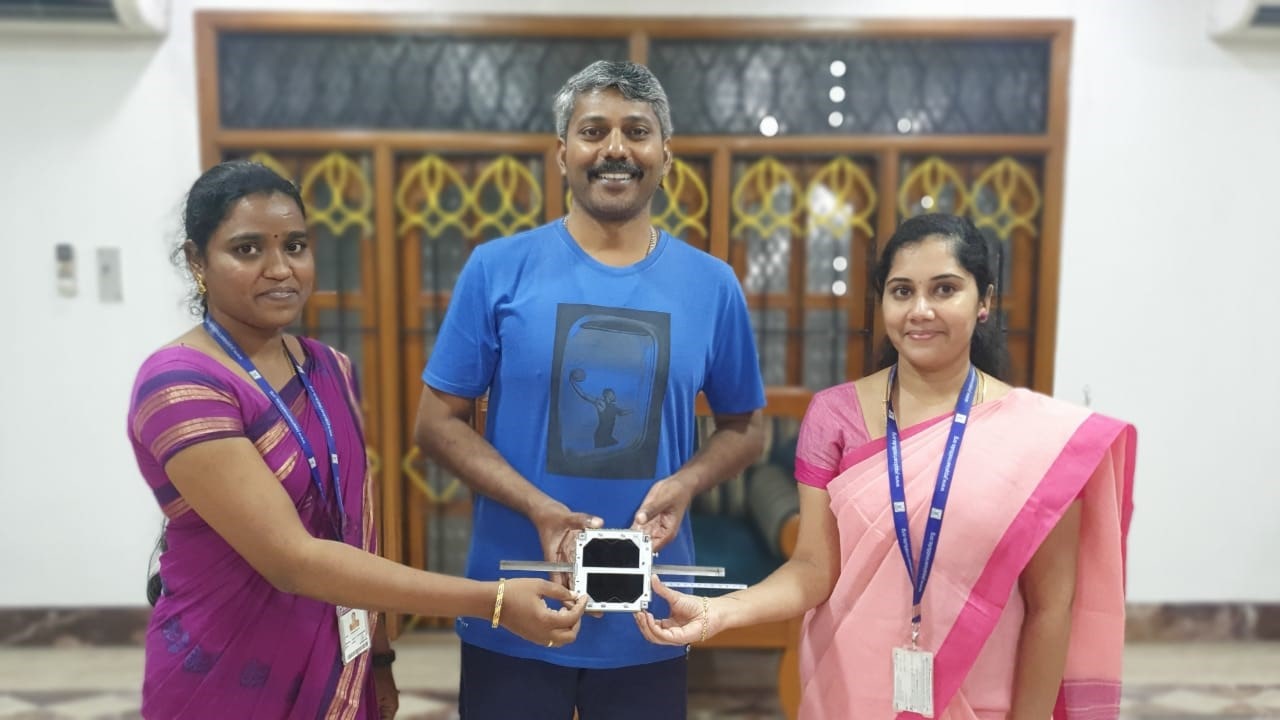
Primary Mission
The UNITYSat is designed for, being a Technology Demonstration of Indigenously developed systems for nanosatellite applications.
Secondary Mission


The visionary initiatives of ISRO under the dynamic leadership of present Chairman, Dr. K. Sivan, including the establishment of Indian National Space Promotion and Authorization Centre (IN-Space) at the right moment has paved the way for accelerated growth and involvement of academia, industry with Government Research Establishments!
The UNITY Sat is the combination of “3 Satellites” designed and built as a Joint Development by Jeppiaar Institute of Technology, Sunguvarchatram, Sriperumpudur (JITsat), Sri Shakthi Institute of Engineering and Technology, Coimbatore (SriShakthi Sat), and G. H. Raisoni College of Engineering, Nagpur (GHRCEsat) as a Technology Demonstration Mission for studying the indigenously developed satellite subsystems at LEO such as the On-Board Command, Data Handling System, the Electronic Power System and the Communication System.
The entire UNITYSat Development process has been mentored by our senior scientists superannuated from ISRO with their generous motivation/encouragement and the proactive support of the Industries, encouraged and certified by ISRO, in Bangalore, such as Alpha Design Technologies, Karnataka Hybrid Micro Devices Ltd, New Tech Solutions, Kepler Aerospace, Ducom Aerospace, Micropack Limited, Dhruva Space and URSC, ISRO who have come forward to hand hold the teams and providing necessary special technical/expertise/services/clean rooms/testing facilities etc along with educating/mentoring the team members. This mission also intends to test the viability of the utilization of such systems in nanosatellite development.
This satellite is developed as a 0.33U SlimSat that enables Universities and Colleges to develop full- fledged Satellite Systems with an affordable cost (lesser cost) when compared to the typical systems that need to be imported from companies like EnduroSat, ISIS, Pumpkin etc.

This SlimSat design, called UNITYSat is a 0.33U satellite that has the following general features
The UNITYSat is also designed to study the application of LoRa modems for inter-satellite communication by transmitting satellite beacon signals and having the other satellites in the mesh act as a relay and eventually transmitting it to a ground station. It is also designed to operate on an open-source LoRa platform, thereby giving access to anyone who wants to use it.
The data will be encrypted, but the key for decryption will be shared through the open-source platform called SatNOGS. This platform consists of hundreds of ground stations around the world. We are designing this satellite to be able to interact with all these stations as a part of our academic research interest. This mission also includes the development of an indigenous CubeSat deployment system that will help to reduce the weight of the satellite deployer.
This will drastically reduce the cot of launching such nanosatellites. With the Design and Development UNITYsat, the entire Students’ Team who have involved in this process have consolidated their start-up initiative, TSC Technologies Pvt Ltd, at Bangalore and closely working with Committee for Space Program Development (CSPD), Serbia for providing solutions to them, technical assistance to many European/South American Clients soon for the teams of World CanSat/Rocketry Championships and Academic Satellites across the World! ISRO-INSPACe has provided an edge to us and the needed energy to Indian Private Space Initiatives and Academia when it is needed to compete globally now at ease and successful!
JITsat Ground Station is the Member of SatNOGS (Satellite Networked, Open Ground Station) project, which is a free software and open source hardware platform aimed to create a satellite ground station network across the world. SatNOGS aims to provide a stack of technologies needed for a distributed network of low earth orbit satellite ground stations.
SatNOGS Ground Station is open source hardware ground station instrumentation with a rotator, antennas, electronics and connected to the Client. TSCSatNav: A Mobile App “Amateur Radio and Weather Satellite Tracker and Passes Predictor for Android” has also been developed and implemented by UNITYsat Team successfully. Under SATNOGS Network, there are 300+ operational ground-stations and 380+ satellites with 810+ transmitters monitored as on November 2019! The global array of ground stations contributes to an effective network for monitoring orbital satellites. The European Space Agency has utilized the SatNOGS network to gain initial status observations from the OPS-SAT CubeSat after launch in December 2019.
Special Stamp of INDIA POST Presented to Dr. N. Marie Wilson, Managing Director, Jeppiaar Institute of Technology and Young Research Engineer Awards for Jeppiaar Institute of Technology Faculty Members Ms. Benisha, Department of Electronics and Communication Engoneering and Ms. Suganya, Department of Computer Science and Engineering.
© 2025 Jeppiaar Institute Of Technology. All Right Reserved.
Designed & Developed by  Innov Touch Technologies Pvt Ltd.
Innov Touch Technologies Pvt Ltd.